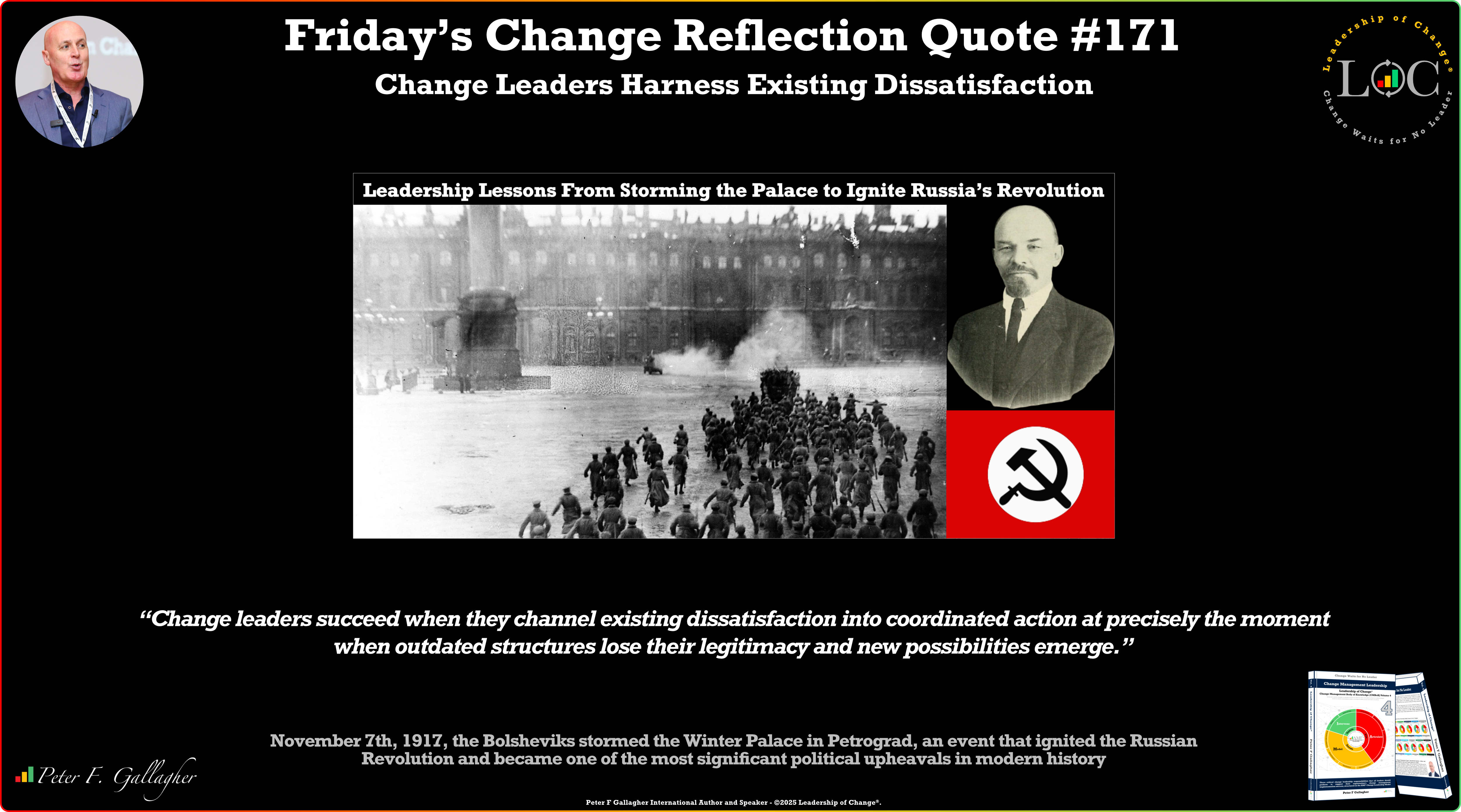Aug01

Seven Rules of Brilliant Speakers That Are Not Taught at University
For those who want to be unforgettable on stage
There’s something magnetic about great speakers. They don’t just deliver a message — they stir emotions, reshape thoughts, and make themselves unforgettable. No matter how solid the content is, without proper delivery, rhythm, and empathy, the impact is lost. Yet, universities rarely teach what truly turns a presentation into a captivating experience.
In this article, we explore seven simple yet powerful rules that are not usually found in traditional communication curricula but make all the difference in practice. These are techniques mastered by great communicators, leaders, performers, and masters of speech throughout history.
One of the most common mistakes speakers make is taking too long to explain what they’re talking about. The audience won’t wait. Within the first 15 seconds, people are already deciding whether it’s worth paying attention.
The rule is: start with the essence. What’s your core message? What do you want your audience to take home? Express it with simplicity and conviction right from the start.
Example: Instead of saying, “Today we’ll discuss organizational leadership in hybrid environments,” say:
“Leadership in 2025 won’t be defined by control — but by trust. That’s what I want to talk about.”
Technical or informative content doesn’t have to be dull. Quite the opposite — well-delivered information becomes a story, sparks curiosity, and creates emotional connection.
Use metaphors, analogies, bold comparisons, and even touches of humor. A good narrative can illuminate complex concepts and make the difficult… unforgettable.
Remember: the audience doesn’t just want to learn. They want to feel.
Brilliant speakers are word musicians. They vary pitch, speed, intensity, and even silence. Monotone speech is the death of any good idea.
Vary your rhythm. Use pauses. Emphasize key words. Let your voice “choreograph” what you want your audience to perceive as important.
Pause is powerful. Often, the silence between words says more than the words themselves.
Public speaking is not a monologue — it’s a silent dialogue with dozens, hundreds, or even thousands of eyes. A speaker who avoids eye contact comes across as insecure or disinterested.
The key is to look at different parts of the audience, making eye contact with several individuals throughout your speech. This creates a natural connection and makes each person feel seen, even if they don’t say a word.
The way a speaker moves on stage says a lot about their confidence, energy, and clarity. Excessive stillness bores. Chaotic movement distracts.
Ideally, each step should have a purpose: move when changing ideas, approach when you want intimacy, step back when prompting reflection. The stage is an emotional canvas — use it wisely.
Speakers who talk at the audience often lose it. A presentation becomes truly engaging when there’s interaction, questions, small challenges, polls, or shared humor.
Don’t hesitate to ask direct or rhetorical questions. Invite the audience to think with you.
Even in formal settings, involving the audience breaks barriers, humanizes the message, and elevates engagement. An active listener is a listener who remembers.
Many speeches end with lines like: “That’s all I had to say” or “Thanks for your attention.” These are lukewarm, forgettable endings.
The end of a presentation is what people remember most. It must be crafted with strategy, emotion, and strength.
Leave them with a strong quote, a call to action, a provocative question, or a powerful image. The audience should walk away with something alive inside them.
The art of speaking is the art of transforming
Being a brilliant speaker is not just about talent. It’s about training, attention to detail, and the awareness that communication is a total experience — rational, emotional, aesthetic, and human.
The seven rules presented here are a starting point for anyone who wants their words to echo far beyond the moment of the speech.
And most importantly: effective speakers don’t speak to impress — they speak to inspire.
And you?
Review your most recent presentations.
How many of these rules did you apply consciously?
Which ones could you incorporate next time?
Consistent practice of these techniques is what transforms a good talk into a true experience of influence and connection.
Keywords: Automotive, Behavioral Science, Coaching
 Friday’s Change Reflection Quote - Leadership of Change - Change Leaders Harness Existing Dissatisfaction
Friday’s Change Reflection Quote - Leadership of Change - Change Leaders Harness Existing Dissatisfaction The Corix Partners Friday Reading List - November 7, 2025
The Corix Partners Friday Reading List - November 7, 2025 The Trust Deficit in Change Programmes
The Trust Deficit in Change Programmes Management of Portfolio complexity a key to Supply Chain responsiveness
Management of Portfolio complexity a key to Supply Chain responsiveness Who Revolves Around Your Ambitions? Time to Find Out.
Who Revolves Around Your Ambitions? Time to Find Out.